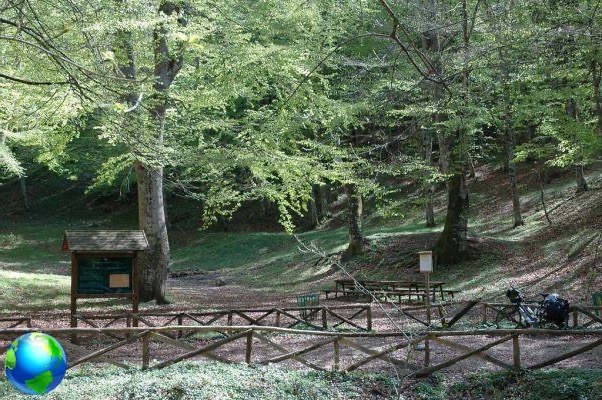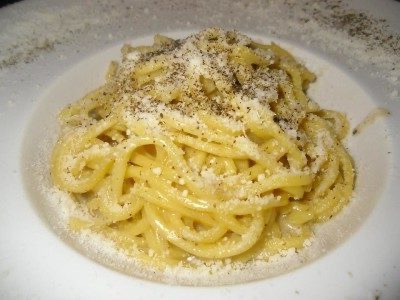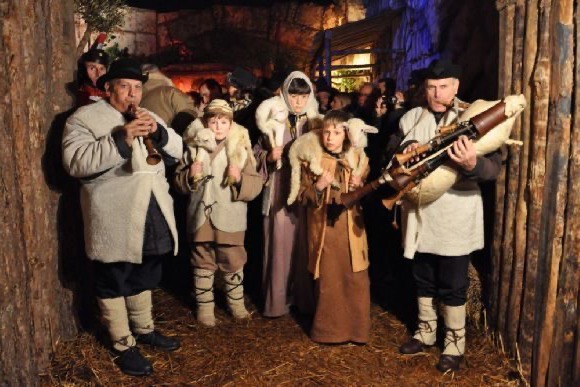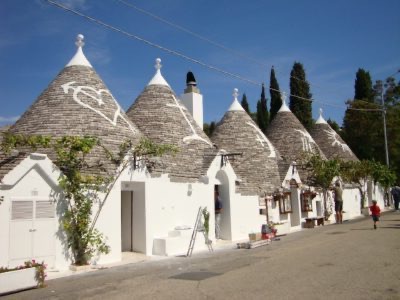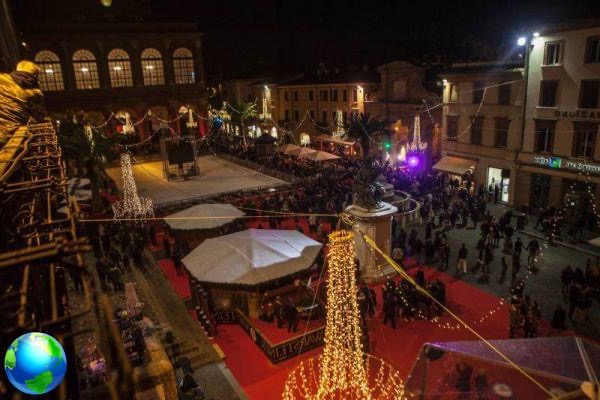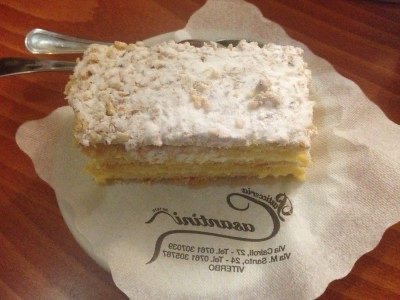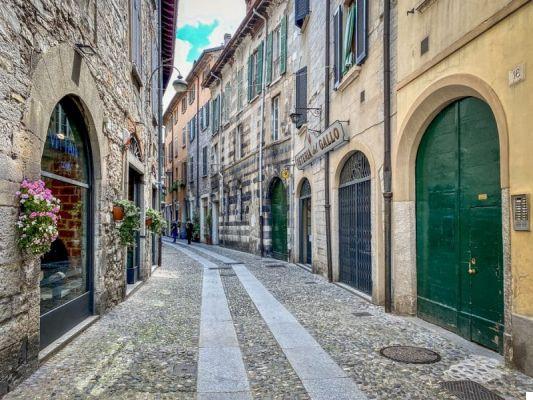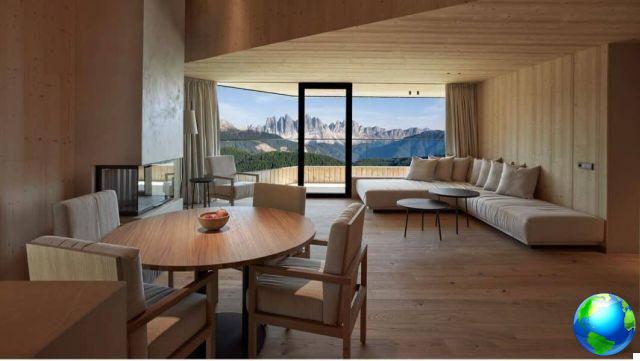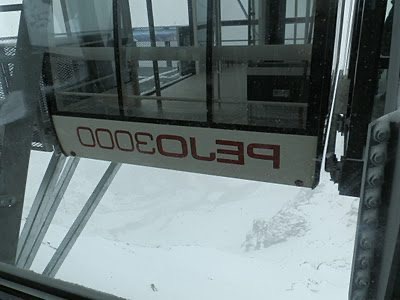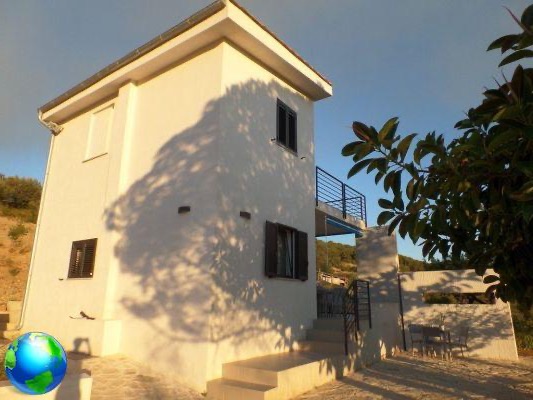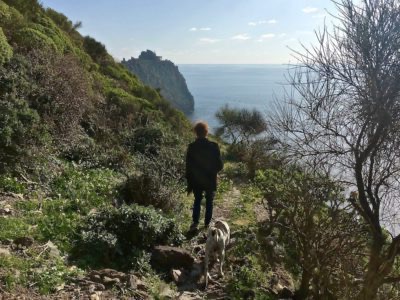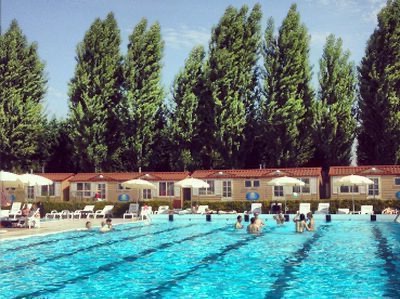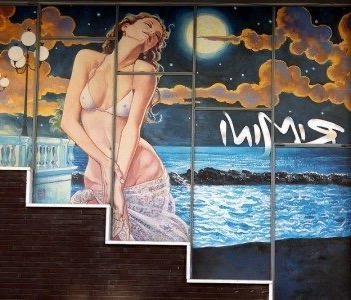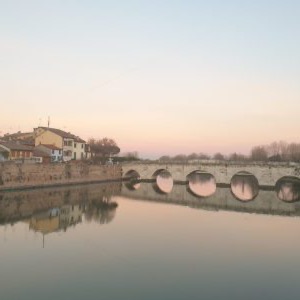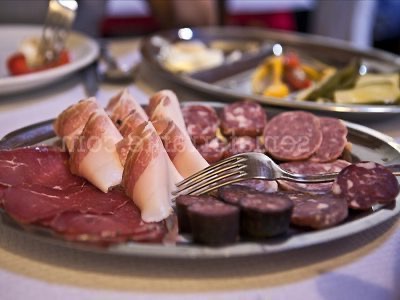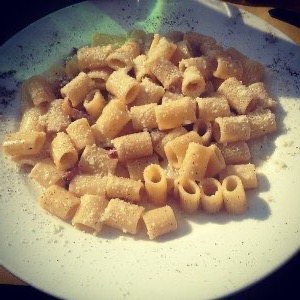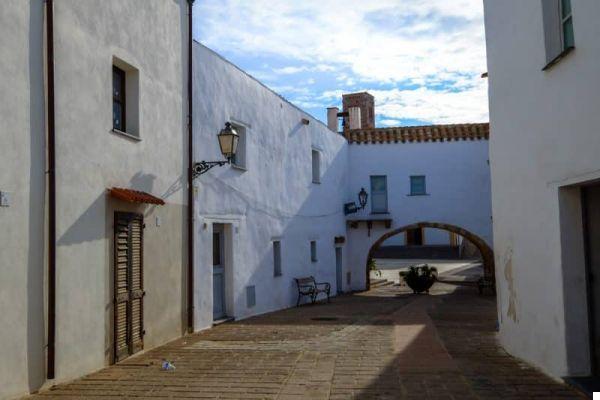A historical itinerary of the city of Catania, in Sicily, explained in detail, to see and understand the beauties of this city.
We know how the Sicily has undergone numerous dominations and how each of these has left something in the art, cuisine, culture, architecture and soul of the Sicilians even if it is said that it was never the Sicilians who changed but those who came to conquer that they had to adapt.
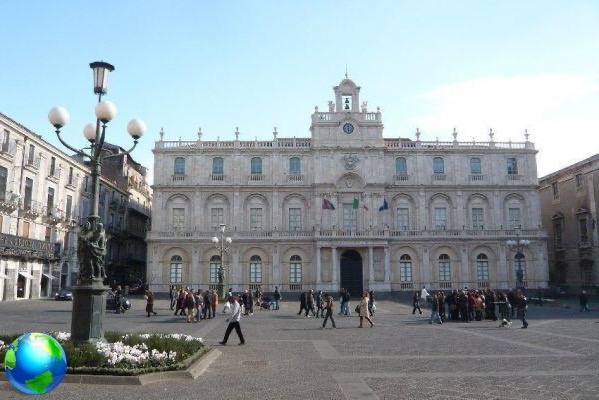
We will speak here of the period of Spanish domination along a city itinerary on the traces of that historical period. Let's start ours itinerario da University Square where there is the seat of the University of Catania, the first Spanish trace founded in 1434 by Alfonso V of Aragona, which is the oldest university in Sicily, the thirteenth in Italy and the twenty-ninth in the world. Proceeding along via Etnea towards Piazza Duomo we can see around us splendid baroque palaces (the Baroque of Catania has been declared World Heritage Site) that tell us about another era that maybe we will examine later.
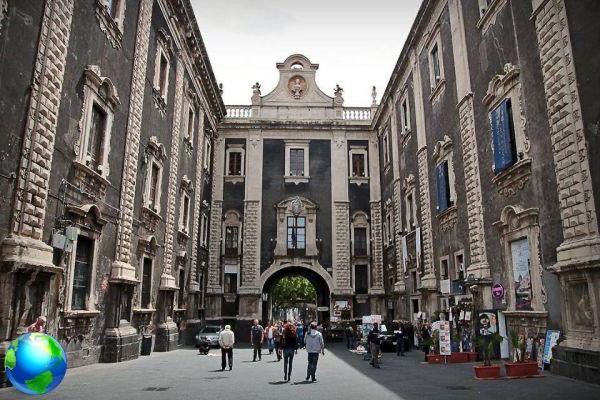
Arrived in Piazza Duomo we see right in front of us the Porta Uzeda that although it is located along the perimeter of the walls built by Charles V of Habsburg it was not part of the city walls of the time but is more recent. Charles V had a city wall built around the city center with bastions and gates to protect the city but this work was short-lived because it began in the early 1500s and finished many decades later and was buried in its western part in 1669 by the lava that reached the sea and the rest were damaged by the earthquake of 1693 only to be finally demolished to make room for the city that began to grow.
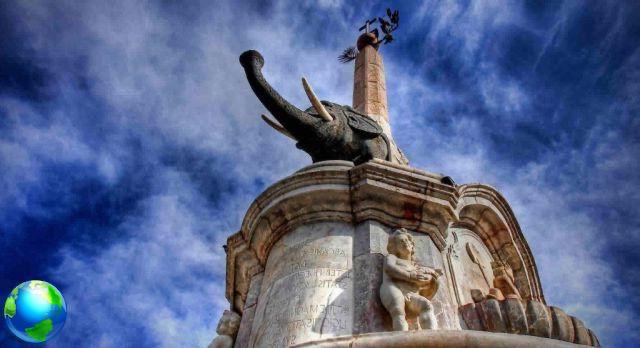
Continuing on the right you pass under the Elephant, the symbol of the city, and therefore towards the Amenano Fountain that we see right in front of us, which is also part of another historical period but we must dwell on Amenano river that today flows underground covered by the eruption of 1669 while at the time of the Spaniards it was used by the population for every city use. One of these uses were fountains and in fact, going down the few steps behind the fountain we find ourselves in a small square and on our left there is a fountain with seven channels which at the time of the walls was outside the walls beyond the door we see in front of us, the Gate of the Channels, in fact, the only surviving original door.
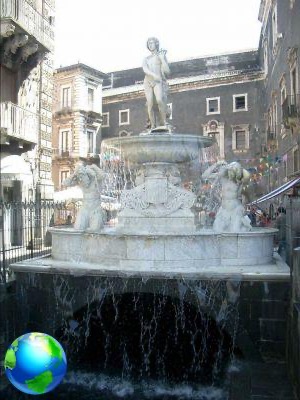
Passing under the arch, the original part is the exit on the right but today it is closed by a gate and you have to go straight but turning right we can see the door from the outside. The fountain we saw shortly before at the time of the walls It was here. It must be borne in mind that at the time this door it looked almost directly on the sea as there were no railway arches that we now see in front of us but the boundary wall continued eastwards to the next door, Porta de Vega, which was located where today there is Palazzo Biscari.
But we continue our itinerary towards the west along the small uphill road that leads us to Piazza Currò. Here on the right are the spa of the address of the Roman era; turn left onto via Auteri and a little further on we arrive at the Ursino Castle founded in the 16th century by Frederick II of Swabia and seat of the Sicilian Parliament (the first Assembly was held here on 1282 October 1669). At that time the castle was isolated and stood high on the coast but the lava of XNUMX filled the moat passing the castle and moving the coast line forward by almost a kilometer.
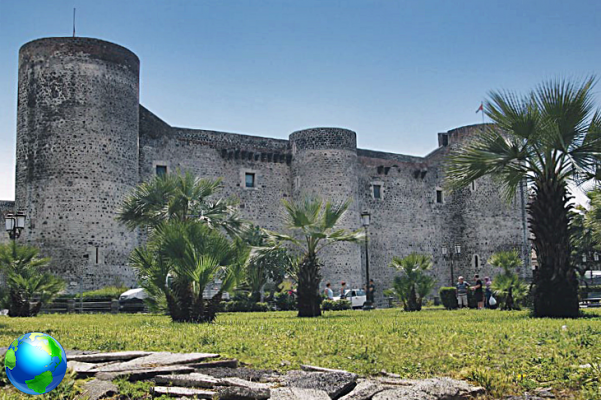
The Spaniards included it in the walls and here the Salt Gate where the tribute was paid for the precious spice and the Gate of the Tithing where, as the name implies, another tribute was paid to the Emperor. Just behind the Currò square that we crossed before there is via Gisira and also this name brings back to a tax the Jizia that the Jews residing here paid for freedom of worship before the edict of the Alhambra with which Ferdinand II of Aragon expelled all the Jews from the kingdom, including Sicily. We are therefore in what was the Jewish quarter at the time when Jews lived peacefully since Roman times and whose workers were used for the construction of the Ursino Castle.
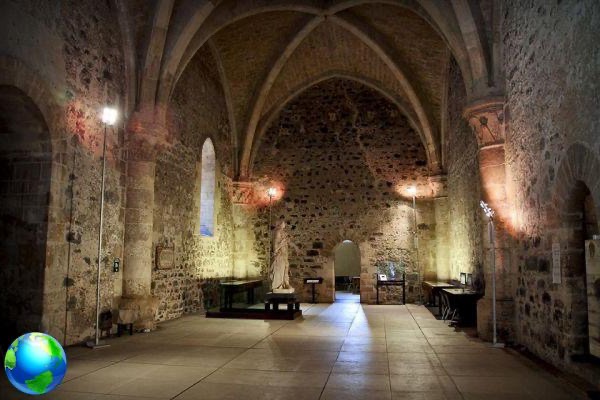
The Amenano river we talked about earlier here flowed in the open and took the name of Judicello precisely to indicate the Jewish presence that carried out its activities in this area and one was the processing of silk for which Catania was for centuries at the forefront in Europe. Still today there is the Via Consolato della Seta not far from here to indicate the importance of this commercial activity introduced by the Saracens at the time unknown in Europe and a few km further south there is still an area called White Mulberry where this plant was grown whose leaves are the only food for silkworms. Let's finish by saying that just 300 meters north from here rises the Monastery of San Nicolò l'Arena, jewel of the late Sicilian Baroque and Benedictine complex among the largest in Europe. The monastic building, which was born in the 500th century and has developed up to the present day, is an example of architectural integration between the eras and is now a UNESCO World Heritage Site.




